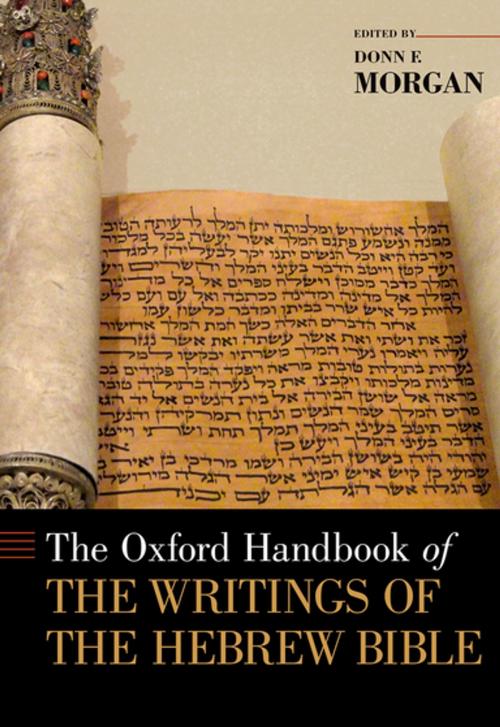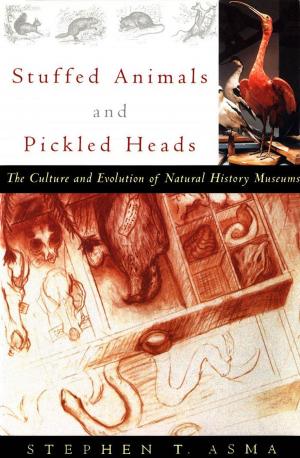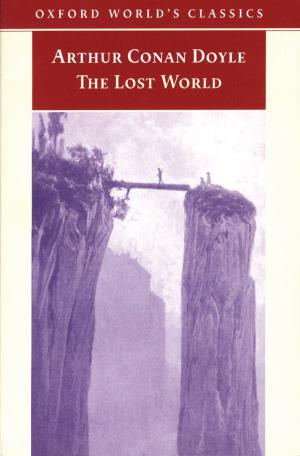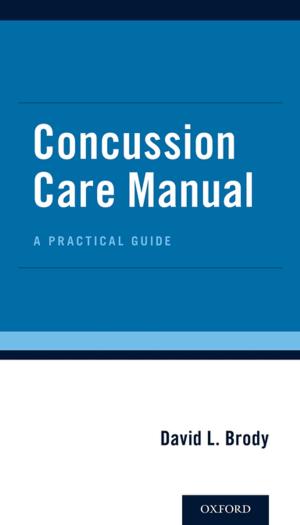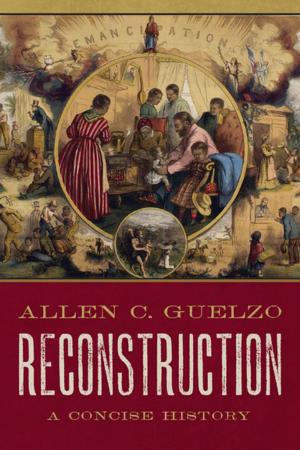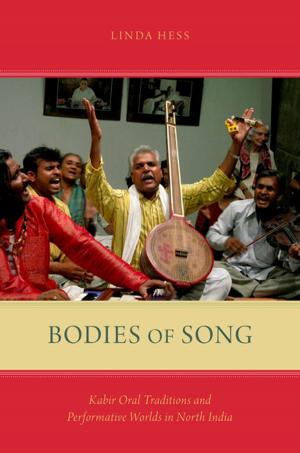The Oxford Handbook of the Writings of the Hebrew Bible
Nonfiction, Religion & Spirituality, Judaism, Sacred Writings, Bible & Bible Studies, Old Testament, Criticism & Interpretation| Author: | ISBN: | 9780190900526 | |
| Publisher: | Oxford University Press | Publication: | October 16, 2018 |
| Imprint: | Oxford University Press | Language: | English |
| Author: | |
| ISBN: | 9780190900526 |
| Publisher: | Oxford University Press |
| Publication: | October 16, 2018 |
| Imprint: | Oxford University Press |
| Language: | English |
This Oxford Handbook is a serious resource for the study of the literature of the Writings (Psalms, Job, Proverbs, Ruth, Esther, Lamentations, Ecclesiastes, Song of Songs, Ezra-Nehemiah, Chronicles, Daniel) of the Hebrew Bible, including its context and its scriptural/canonical shape and reception. A first section provides an overview of the post-exilic period in which much of the Writings was written, focusing on history, archeology, and the development of major literary traditions, all of which provide the context for understanding and interpreting this literature. A second section contains creative studies of the books in the Writings, focusing on structure, purpose, and distinctive characteristics of this very diverse literature. A third section looks at the Writings from larger and longer perspectives including the ancient Near East, developing Judaism and Christianity, Qumran and the Dead Sea Scrolls, music and the arts, and its canonization and reception by Judaism and Christianity. This handbook has a focus on the special character and shape of the Writings as scripture and canon, including the recurring issues of diversity and difference, dates of canonization, its special relationship to other scripture and canon (Torah, Prophets, New Testament), and its interpretation in religious and non-religious communities.
This Oxford Handbook is a serious resource for the study of the literature of the Writings (Psalms, Job, Proverbs, Ruth, Esther, Lamentations, Ecclesiastes, Song of Songs, Ezra-Nehemiah, Chronicles, Daniel) of the Hebrew Bible, including its context and its scriptural/canonical shape and reception. A first section provides an overview of the post-exilic period in which much of the Writings was written, focusing on history, archeology, and the development of major literary traditions, all of which provide the context for understanding and interpreting this literature. A second section contains creative studies of the books in the Writings, focusing on structure, purpose, and distinctive characteristics of this very diverse literature. A third section looks at the Writings from larger and longer perspectives including the ancient Near East, developing Judaism and Christianity, Qumran and the Dead Sea Scrolls, music and the arts, and its canonization and reception by Judaism and Christianity. This handbook has a focus on the special character and shape of the Writings as scripture and canon, including the recurring issues of diversity and difference, dates of canonization, its special relationship to other scripture and canon (Torah, Prophets, New Testament), and its interpretation in religious and non-religious communities.
